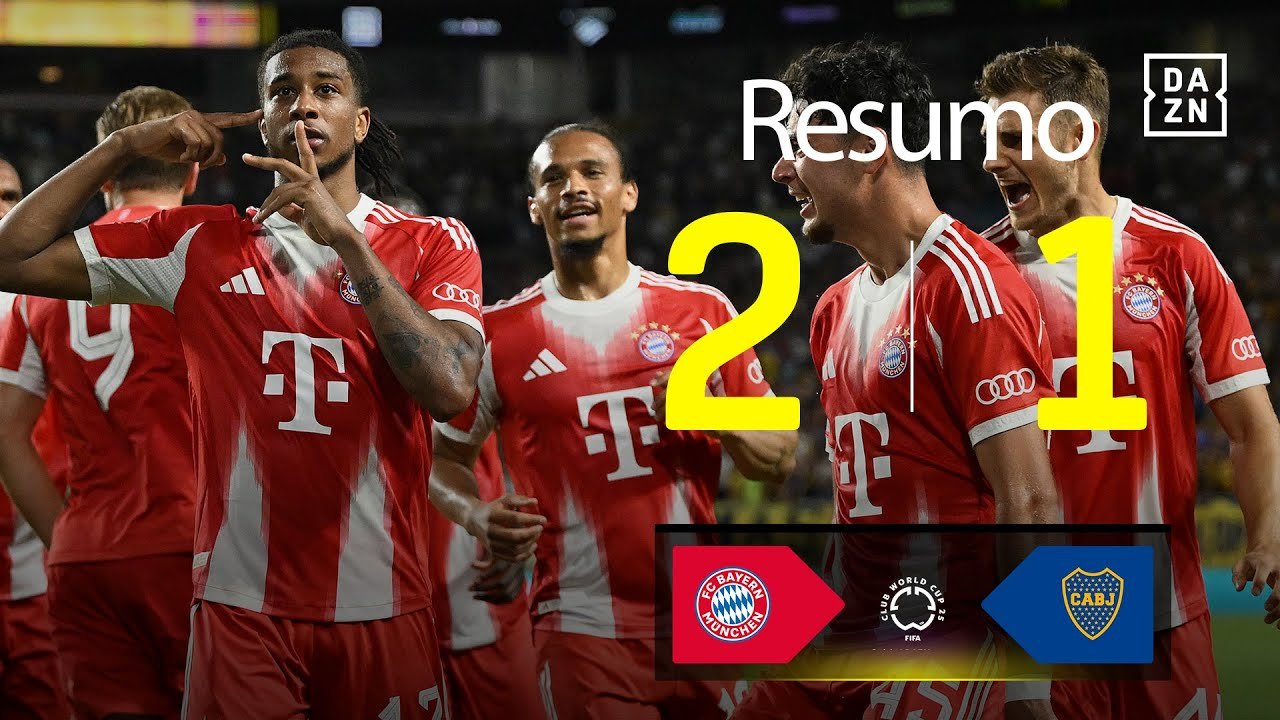Football is more than just a game. It is culture, passion, identity, and, at times, even a form of resistance. Nowhere is this more apparent than when two historic clubs from completely different footballing traditions are imagined in the same conversation. Bayern and Boca Juniors represent two of the most successful, passionate, and distinct football institutions in the world, yet they operate in entirely different ecosystems.
What happens when a structured, powerhouse team from Europe is compared with a club rooted in South American flair, raw emotion, and historical depth? The contrast itself tells a deeper story about the diversity and global nature of the sport.
Two Legacies, One Sport
Bayern Munich stands as a symbol of precision and dominance. Based in Germany, the club has enjoyed enormous success, both domestically and internationally. Known for its disciplined approach, technical mastery, and efficient management, the team has become a model for how a football club can operate at the highest level over multiple decades.
On the other side of the Atlantic, Boca Juniors represents the heartbeat of Argentine football. The club has long been known for its intense fan culture, legendary players, and emotional matches. Located in the La Boca neighborhood of Buenos Aires, the team draws its identity from the working-class roots of its supporters. The atmosphere in its iconic stadium is often described as one of the most electrifying in world football.
Different Philosophies of the Game
Bayern’s style is often methodical, focused on maintaining possession, tactical structure, and exploiting weaknesses with machine-like efficiency. Players are groomed to fit into a system, and the club’s academy emphasizes football intelligence along with skill.
Boca Juniors, by contrast, embraces a more instinctual and spontaneous approach. South American football in general, and Argentina in particular, has long celebrated creativity, improvisation, and a certain street-smart bravery. Young players in Argentina often grow up playing informally before entering academies, and this shows in their fluid, expressive style on the pitch.
If these two were to clash in a real match, it would be a study in contrast: organized structure versus expressive instinct; clinical finishing versus raw attacking spirit.
Fan Culture and Stadium Experience
The difference between the two clubs is perhaps most vivid when you look at their fans and home stadiums. Bayern’s Allianz Arena is a modern marvel, technologically advanced and meticulously maintained. Fans here are loyal, proud, and deeply respectful of the game.
Boca’s La Bombonera, on the other hand, is a sensory overload. The steep stands, the deafening chants, the waving flags, and the constant drumming make it feel like something beyond sport—it becomes a collective act of identity and resistance. For Boca fans, a match is a battle, and every game is personal.
International Recognition
Bayern is widely recognized around the world, not just for their titles but for the players they produce and the consistency with which they compete at the highest level. The club is a regular participant in UEFA competitions and has won multiple Champions League titles. Their success is reflected in global sponsorships, television deals, and fan bases that stretch far beyond Germany.
Boca Juniors may not compete in Europe, but their international reputation is just as fierce. The club has won multiple Copa Libertadores trophies and has produced some of Argentina’s greatest players. Legends like Diego Maradona once wore the club’s jersey, adding to its mythos. Boca’s influence is deeply felt across Latin America, and its youth academy continues to develop top-level talent.
The Match That Actually Happened
While it may sound like fantasy, these two clubs did face each other once—during the Intercontinental Cup in 2001. This match, held in Tokyo, was more than just a football game. It was a collision of two worlds, and in a surprising outcome for many, Boca emerged victorious in a penalty shootout after a tense and dramatic encounter.
That result was seen by many as a reminder that passion, grit, and unpredictability can sometimes outshine order and planning. It also reinforced the belief that football’s magic lies in its uncertainty.
Cultural and Historical Weight
Bayern represents a nation that rebuilt itself after a troubled past, emerging as a symbol of modern success and unity. The club is tightly run, often seen as politically neutral, and closely tied to Germany’s broader sense of national renewal.
Boca, on the other hand, carries the weight of Argentina’s social and political history. Its fans have sung songs against injustice, its players have stood for more than just sport, and its stadium has been a place of both celebration and protest. Football here is not separate from life—it is deeply woven into it.
Conclusion
Bayern vs Boca Juniors is not just a match-up between two football clubs. It is a meeting between two philosophies, two fan cultures, two ways of understanding the game. One is rooted in discipline, planning, and institutional strength. The other thrives on emotion, unpredictability, and deep social ties.
In comparing these two clubs, we are reminded of why football is called the beautiful game. It is not beautiful because of perfection—it is beautiful because of its diversity, its contradictions, and its ability to reflect the soul of the people who love it.
No matter which side you support, a match between Bayern and Boca would not just be about who wins or loses. It would be a celebration of football in all its forms—from the cold efficiency of European stadiums to the feverish energy of South American terraces. And that is a spectacle worth dreaming about.













Comments are closed